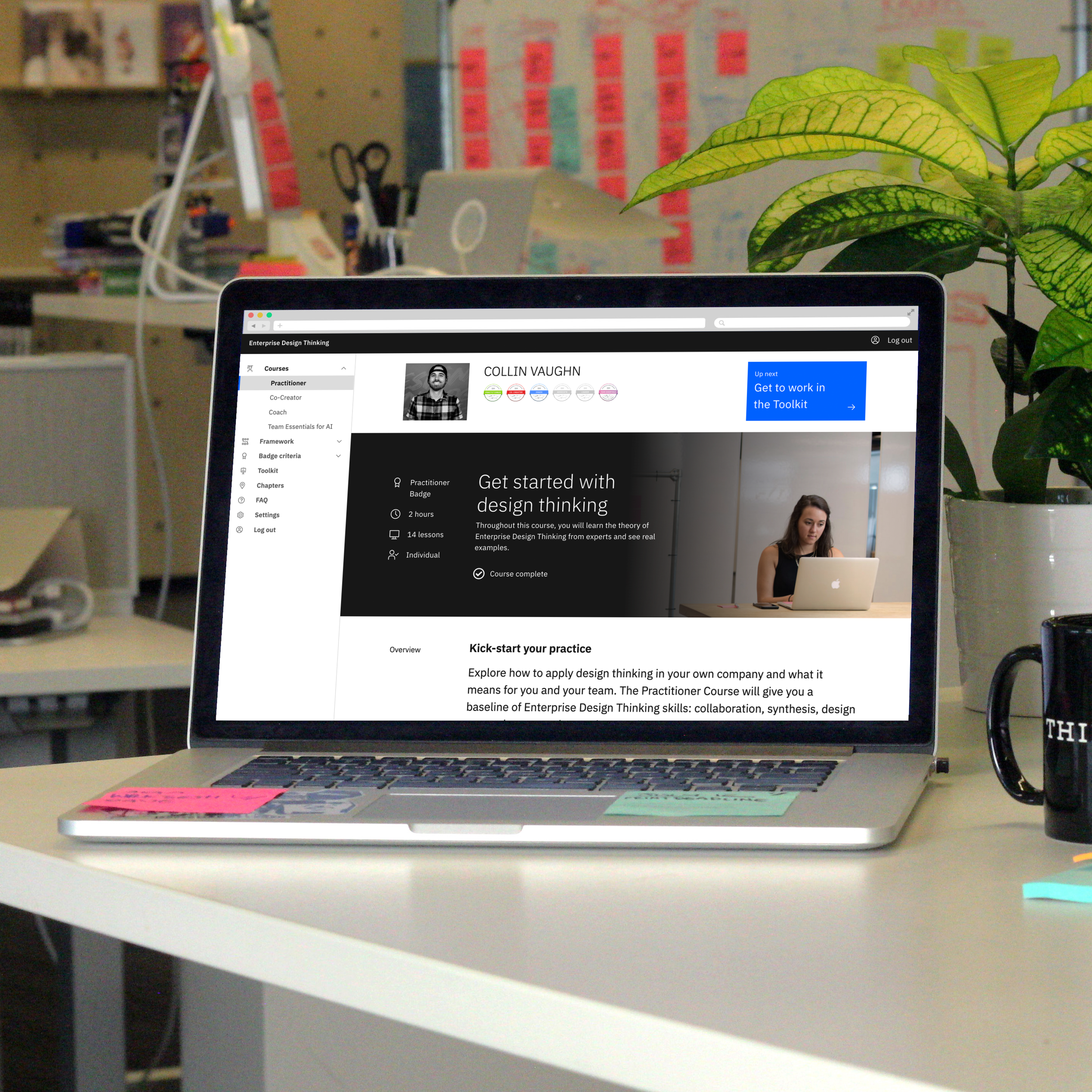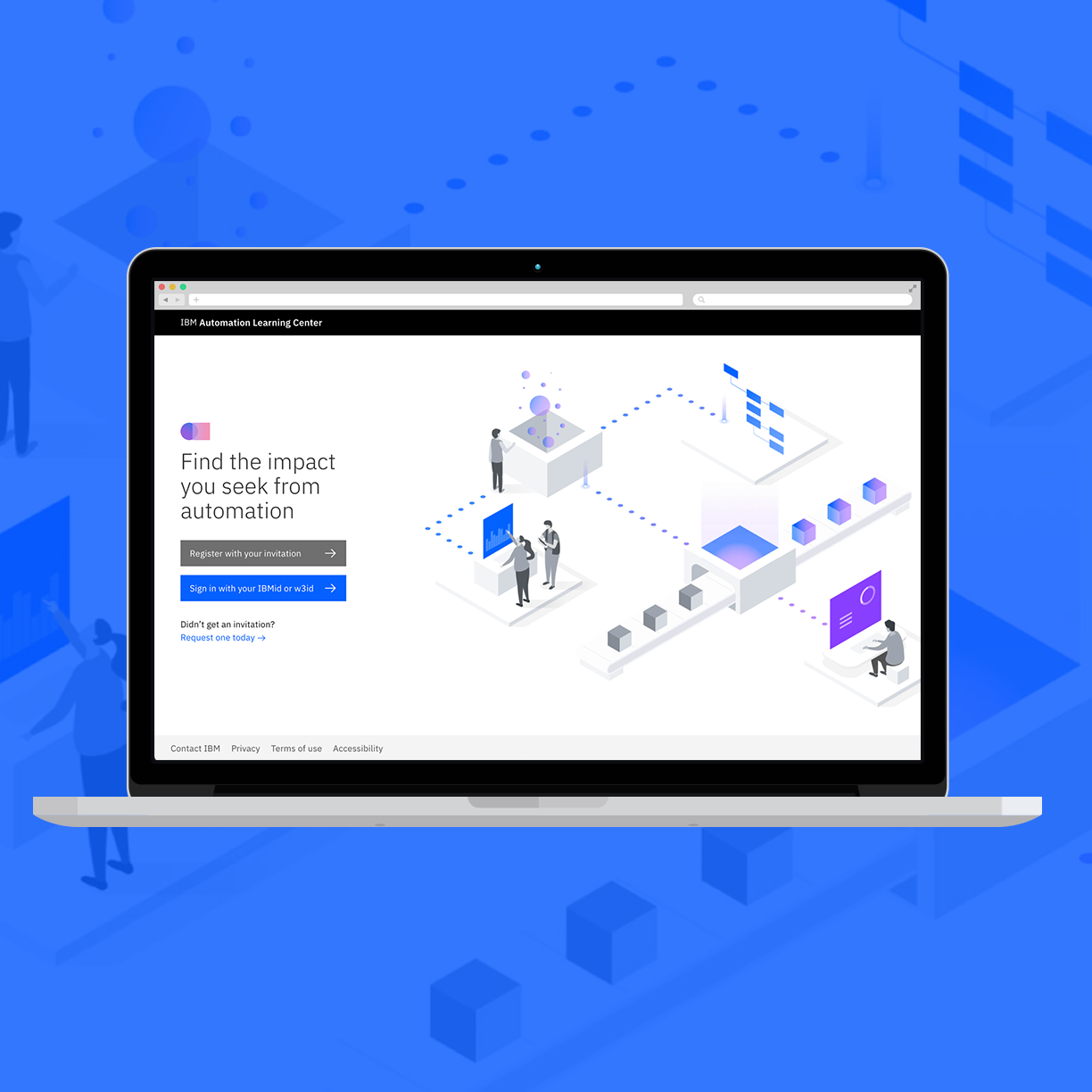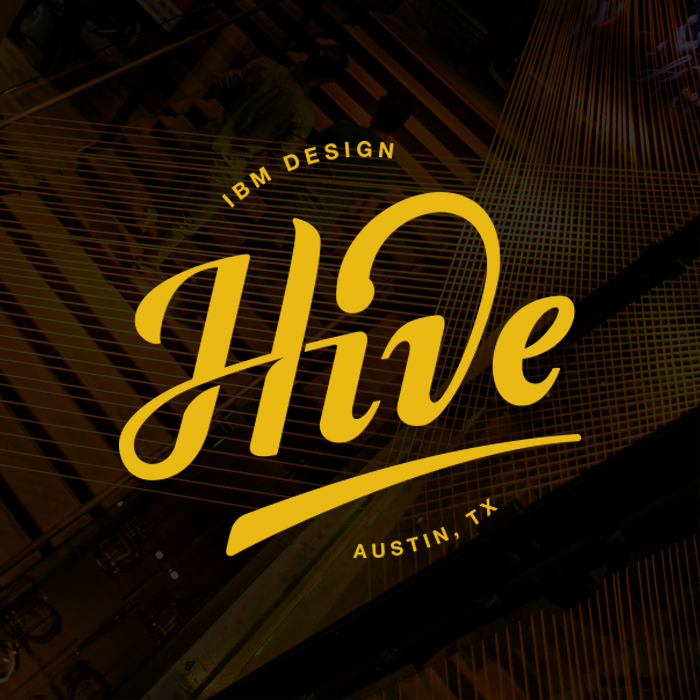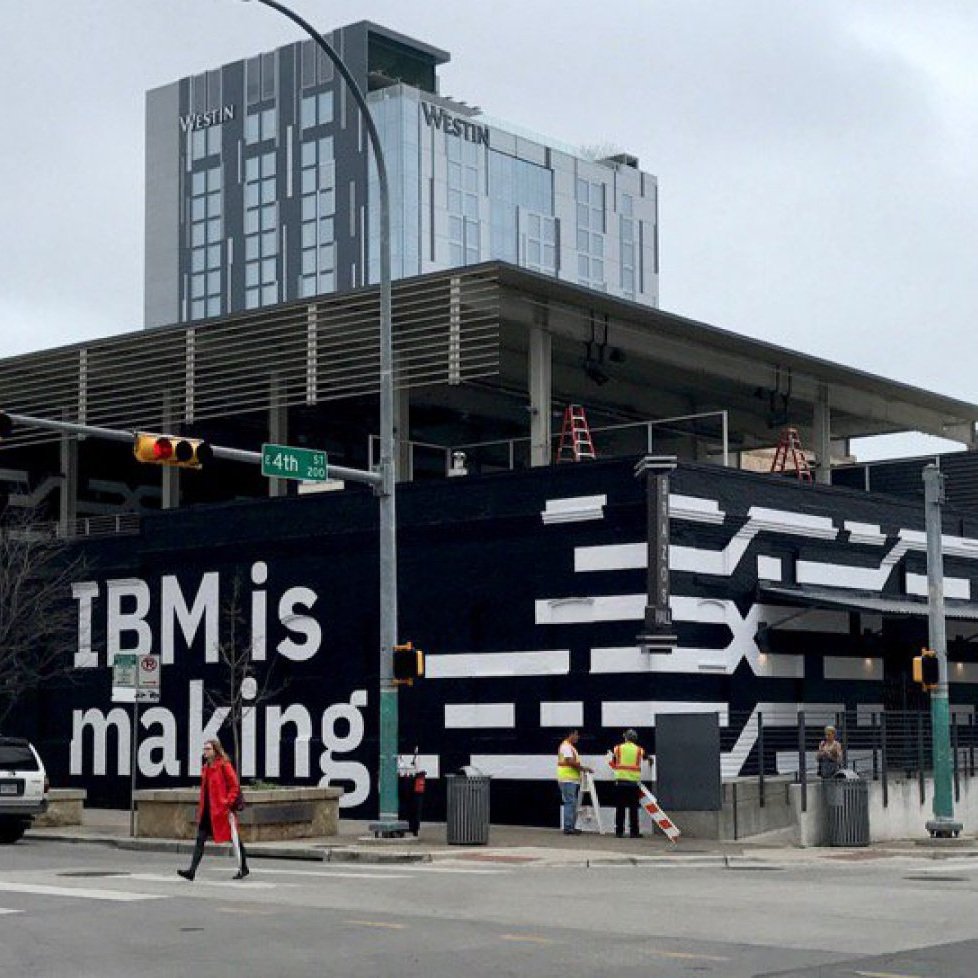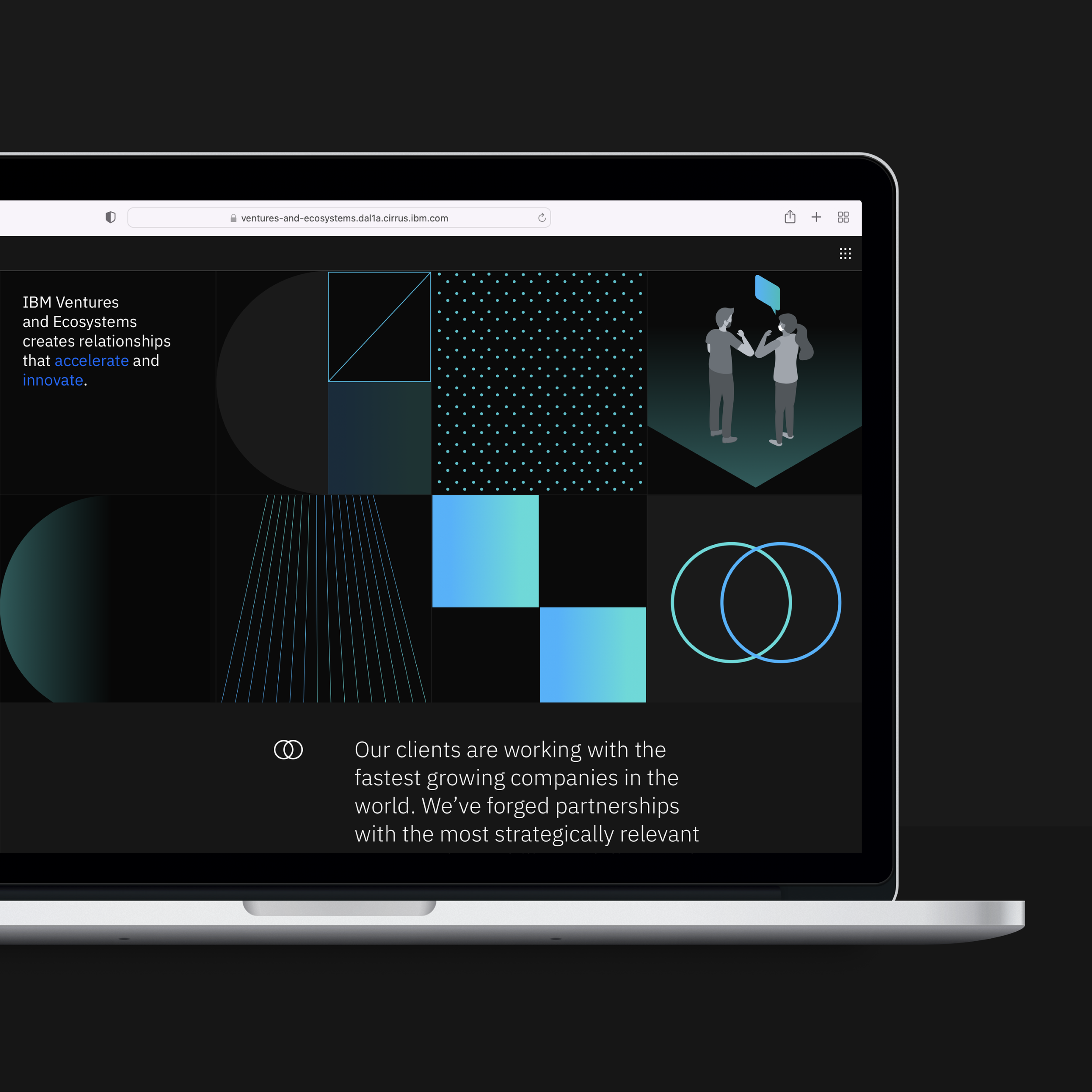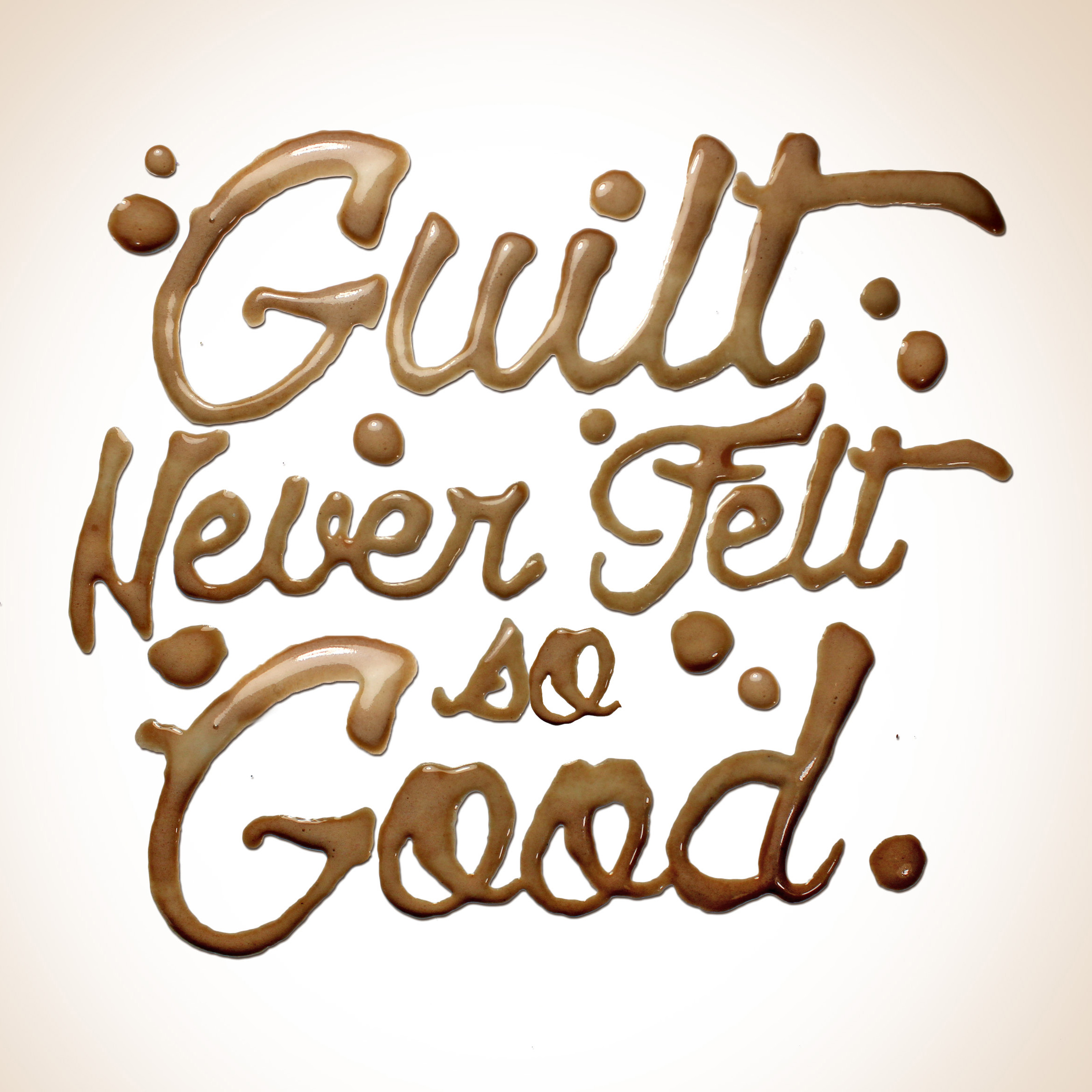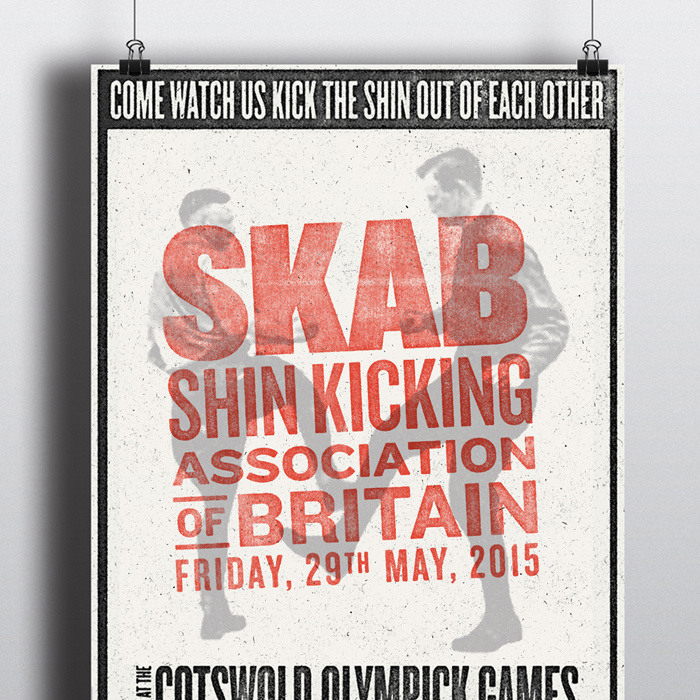Enterprise Design THINKING
Go to IBM’s Enterprise Design Thinking and get your badge!
In August of 2012 IBM embarked on a daunting mission, to transform the culture of a 104 year old company to be more humancentric. At the heart of our human-centered mission is IBM Design Thinking: a framework to solve our users’ problems at the speed and scale of the modern digital enterprise.
After 3 years of education and enablement, IBM Design has proven its self as a way for not just designers, but a way for sales, services, delivery, HR and any enterprise team to come to bigger and better outcomes.
In 2015 I came on to the Enterprise Design Thinking team with the task of increase the adoption of the practice of Design Thinking across the company. After a 2 month research sprint, interviewing 20+ employees and observing exemplar teams, we found employees needed a growth path to proficiency and practice. And the need to consolidate, update, and build the tools and resources needed to be a Design Thinking Leader.
We built a growth path in the form of system of badges that users would work toward, track progress, and be awarded through on an online learning platform. We went all in on best in class learning modules by creating a curriculum and working with subject matter experts to design learning objectives and syllabuses which we used to develop videos, exercises and assessments.
By the end of the year we had badged 100,000 Enterprise Design Thinking Practitioners across the company. The new Enterprise Design thinking site has been so successful internally that we are in the process developing in into an external offering, driving design transformation for our clients.
___
"In 2017 the company launched the IBM Design Thinking badge program. More than 90,000 IBMers, like Paulenich, have already earned their “practitioner” badges by completing an online course, and another 21,000 have done extra work to earn at least one of three advanced badges."
Outcomes:
689,000
Badges awarded to-date
as of June 2025
900
Average daily active users in 2022
+75
NPS
Defining a healthy practice to create the conditions for success
Overview
Produce a mental model to guide us in our journey. Defining how and what we could build.
Challenge
In order to scale EDT and enable more people to practice, we needed to define what a ‘health practice of Design thinking’ meant on teams, and who was driving it to happen.
Solution
3 weeks of research, over 20 user interviews, secondary research into healthy team habits, and a ton of synthesis led us to a few major conclusions.
Teams who produce human center outcomes have 3 key habits that map back to the EDT principles
There is someone (or more often a pair of people we called a ‘Magic Person’ and their ‘Partner in Crime’) on every team who drives those outcomes and the practice of EDT on a team
There has to be ‘healthy conditions for success’ set by upper leadership
These three insights were the framework that lead us to the conclusion that true adoption of EDT at scale hinged on the ‘Magic People’ already driving practice on their teams. The strategy became clear: How might we enable these leaders with the tools and resources they need to be successful, get executives out of their way, and get as many potential aspiring leaders on a path towards growth. The answer we pitched to our leadership was — In order to drive adoption and make design thinking stick, we need a combination of in-person training, online learning, and micro-credentialing.
Lead of research and creator of healthy team model was Jordan Shade
Defining a growth ladder and designing milestones for measurement
Overview
In order to grow and up-skill people, there has to be a path forward that represents the human journey of meaningful progression, and a way to model the behavior of the leaders they look up to.
Challenge
How might we build a path for Design thinkers to move forward and develop their skills. And how might we demonstrate their value and measurement in a more formal way to executives and stakeholders?
Solution
Building on our research of healthy teams, I co-lead the development of a system of micro-credentials to foster accountability, help team members track their proficiency, and help leaders measure the success of their teams. I helped design the rubric in which we would evaluate users on their skills and executions. I owned the visual design of the badges, and iterated over time to maintain an aesthetic that would make people excited of their achievements and want to share them with the world.
With essential contributions from Jordan Shade, Sean Pizel, Mirko Aziz, and Joni Saylor.
Designing a delightful experience for people to learn design thinking
Overview
Build a scaleable and delightful learning experience for courses, lessons, DT tools and resources.
Challenge
Users needed basic functionality like progress tracking, recommended content, nudges and reward moments. The application needed to be responsive, and there was the unique challenge of needing the platform to be designed for the design transformation happening internally ay IBM, but also accessible externally to our clients and the public.
Solution
I worked to design, test, and collaborate with our developers to build an MVP learning platform while also creative directing the design and development of the Practitioner course. I was responsible for all screens, Information Architecture, UX flows, and visual design. Along the way I worked with stakeholders and users to validate the work as we went. Since the initial launch, I continuously improved and iterated the experience by leading new usability testing and implementing feedback. This included new learning components, a redesigned login flow, launching a new marketing experience, and a full visual redesign to the new IBM Design Language launched in 2018.
IA pictured above represents an earlier iteration of the site from 2017
Crafting a structured format for building lessons and stories
Overview
We knew a huge part of success would be really great storytelling, and the methods and activities we would use to reinforce those stories.
Challenge
As a team, we needed a structured way to build lessons. We needed guiding principles, and a library of layouts to aid in a scaleable way to tell stories and test learning.
Solution
My team and I started by crafting a structured format for all lessons to follow, and a series of lesson plans we used to co-create lessons with subject matter experts. We used key learning principles to tell a story of each module in all courses. In this overarching narrative curriculum, there were smaller case studies, researching, learning new topics, synthesizing my findings, then building out exercises, anecdotes, quotes, and graphics to build a compelling story for learners. I personally crafted a video production guide which outlined everything from overarching principles on mood and aesthetic, to framing, lighting, color correction, and motion graphics.
View these videos and many, many more at www.ibm.com/design/thinking
EDT shared on social media


















